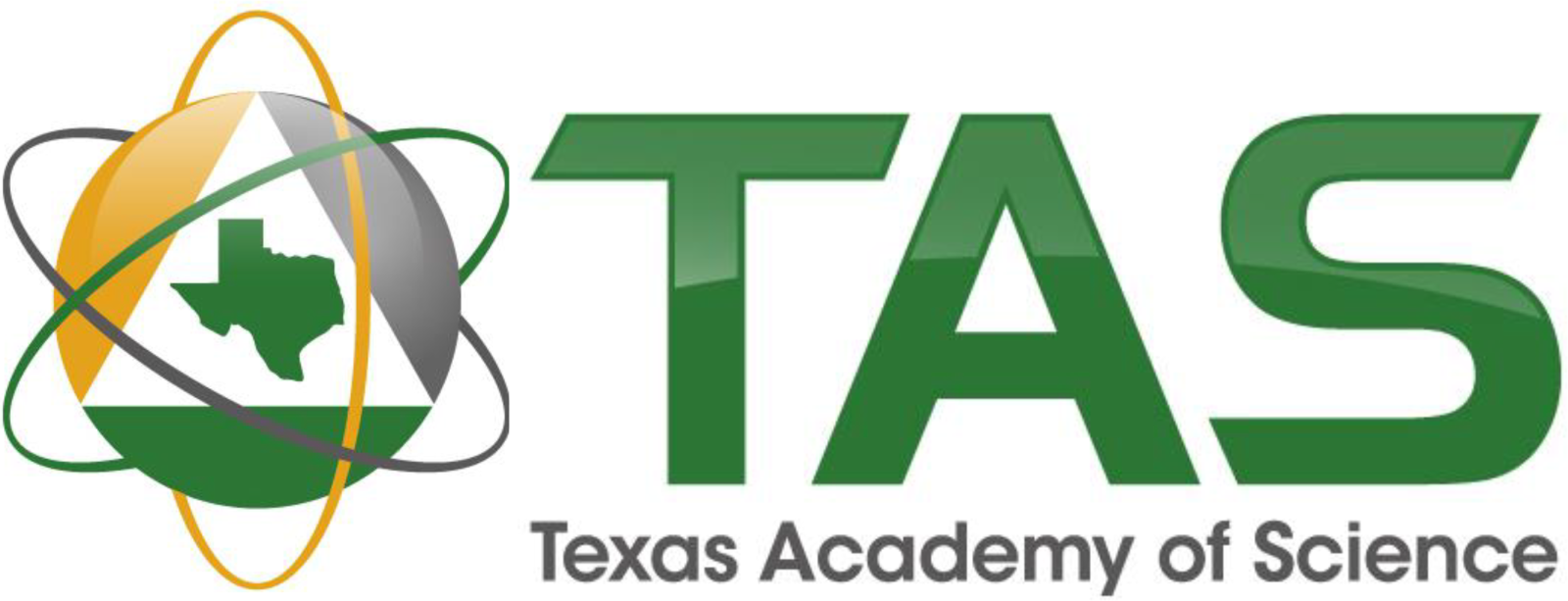Skip to main content
Issues
Select Issue
THE CONSERVATION STATUS OF TEXAS GROUNDWATER OSTRACODA
Benjamin T. Hutchins,
Benjamin F. Schwartz, and
Okan Külköylüoğlu
HABITAT USE, HOME RANGE SIZE, AND MOVEMENT RATES IN TWO SYMPATRIC PITVIPERS (CROTALINAE) IN FAR WEST TEXAS
Calvin H. Schaefer,
Justin P. Hobert,
Jerry D. Johnson, and
Chad E. Montgomery
INVASIVE FRESH WATER MOLLUSCS IN TEXAS
Robert F. McMahon
INVERTEBRATE DIVERSITY FROM DEEP WELLS OF THE SOUTHERN BOUNDARY OF THE EDWARDS AQUIFER OF SOUTH-CENTRAL TEXAS
Kathryn E. Perez,
Valentin Cantu,
Vanessa Saenz,
J. Randy Gibson,
Patricia Duncan, and
Benjamin Hutchins
BODY WEIGHT AND ANTLER SIZE OF WHITE-TAILED DEER (ODOCOILEUS VIRGINIANUS) ARE MAXIMIZED TWO YEARS POST-BURN IN EAST TEXAS PINEYWOODS
Trey P. Wall,
Brian P. Oswald,
Kathryn R. Kidd, and
Ray L. Darville
EMPTY CONTAINERS, OVERFLOWING RIVERS: STATE FUNDED FENCING AND IMPACTS IN EAGLE PASS, TEXAS
Adriana E. Martinez,
Tayler Devine, and
Turner Reed
RESTORATION OF FORMER GRASSLAND IN SOUTH-CENTRAL TEXAS
Wendy J. Leonard and
O. W. Van Auken
SYNTHESIS AND CHARACTERIZATION OF FATTY ACID METHYL ESTER MIXTURES DERIVED FROM ACORN KERNEL OIL
Darean A. Bague and
Russell J. Franks
STRATIFICATION IN TOPSOIL: A PRELIMINARY ANALYSIS OF BACTERIAL BIODIVERSITY AT TWO SITES IN SAN ANTONIO, TEXAS
K. N. Treviño and
D. E. Starkey
